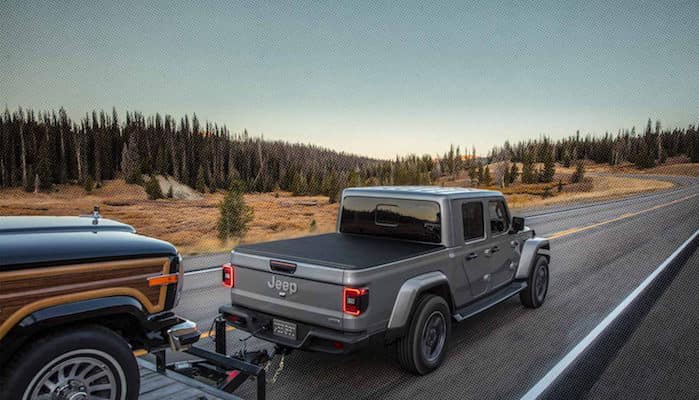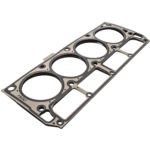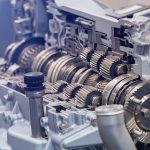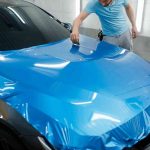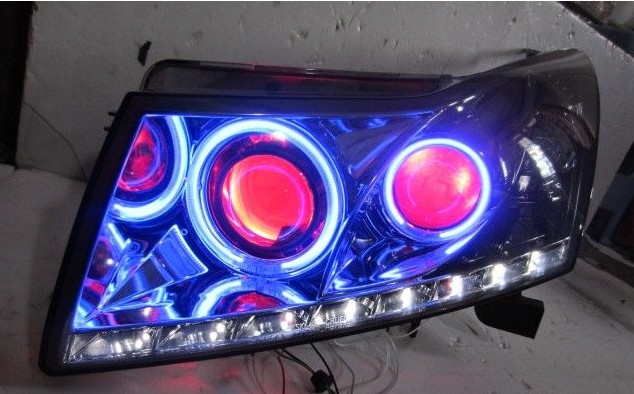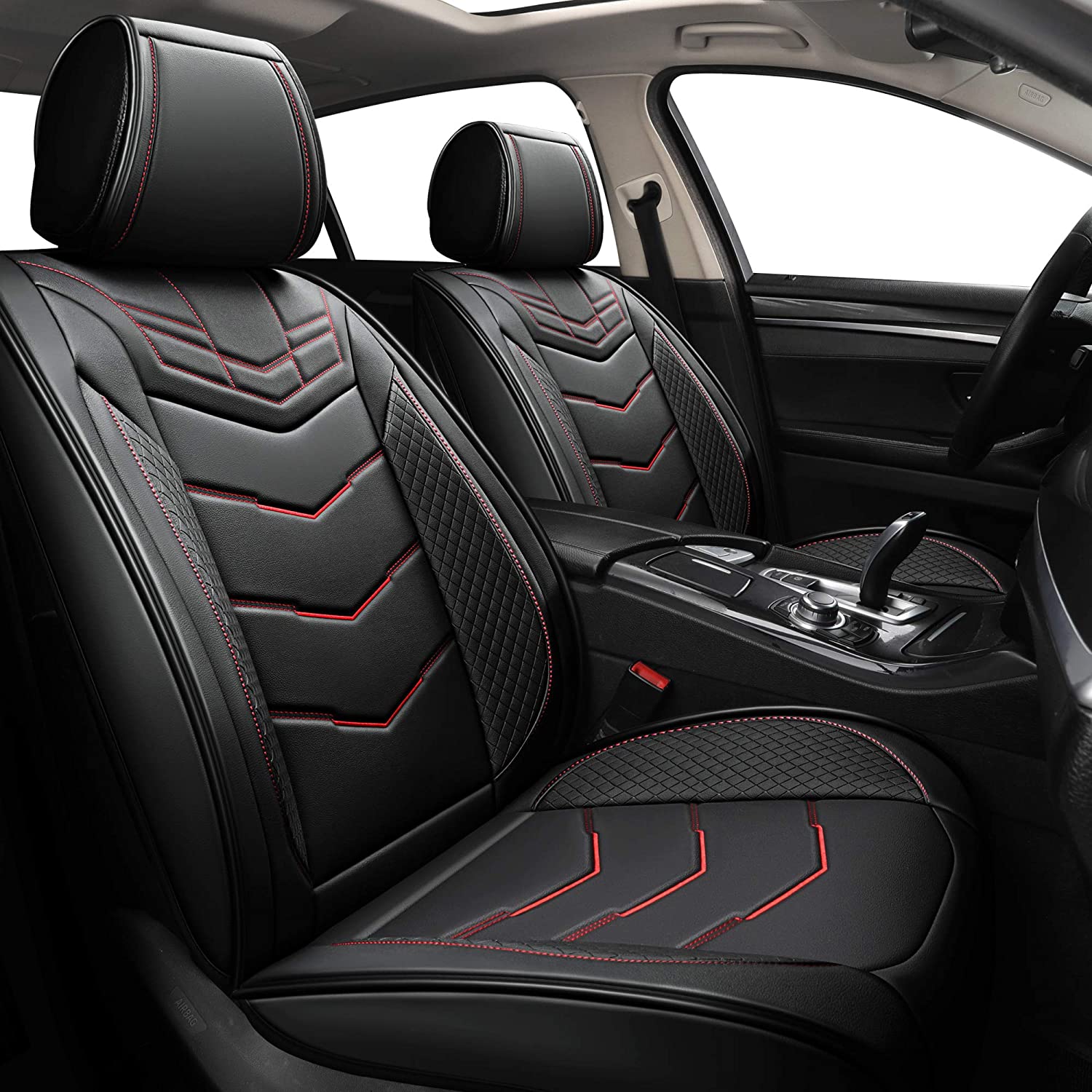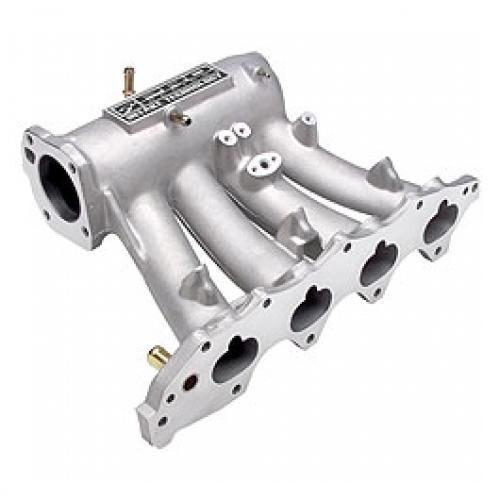 In today’s article, we are going to focus on a Turbo Charger, how much it cost and many other information you need to know about a Turbo.
In today’s article, we are going to focus on a Turbo Charger, how much it cost and many other information you need to know about a Turbo.
A turbocharger (officially a turbosupercharger) is a turbine-driven forced induction device that boosts the power output of an internal combustion engine by delivering more compressed air into the combustion chamber.
Because the compressor can force more air—and correspondingly more fuel—into the combustion chamber than atmospheric pressure (or, for that matter, ram air intakes) alone, the power output of a naturally aspirated engine improves.
Turbochargers are often found in truck, vehicle, train, plane, and construction-equipment engines. They’re most commonly found in Otto and diesel internal combustion engines.
Read also: Causes Of Car Engine Misfire
How Does a Turbo Charger Work?
A turbocharger is made up of two small air fans (also known as impellers or gas pumps) that are mounted on the same metal shaft and rotate simultaneously. The turbine is one of these fans that sits in the exhaust stream from the cylinders.
The cylinders that blow hot gas past the fan blades revolve, as does the shaft to which they’re linked (officially known as the center hub rotating assembly or CHRA). The compressor is the second fan, and it rotates as well because it is mounted on the same shaft as the turbine. It’s situated inside the car’s air intake and sucks air into the car as it spins, forcing it into the cylinders.
Now there’s a minor issue here. Compressing a gas makes it hotter (this is why a bicycle pump warms up when you inflate your tires). Warmer air is less dense (which is why warm air rises over radiators) and less effective at assisting fuel combustion, thus cooling the air coming from the compressor before it enters the cylinders would be much better. The output from the compressor is cooled by passing it via a heat exchanger, which removes the excess heat and sends it elsewhere.
How Much Is A Turbo?
A turbocharger normally costs $400 to $1,000, depending on the type and model of your vehicle. A replacement turbocharger for a smaller car, such as an Audi A4 or a Subaru Impreza, should cost less. If you have a large truck or a sports car, a replacement turbocharger will set you back thousands of dollars. If you have an industrial vehicle or a tractor, the cost of a replacement turbocharger is virtually limitless.
How To Save Money On A Turbo?
Don’t let the number (and expense) of parts you’ll need deter you. Request a complete list of all part numbers from your mechanic. However, do not purchase them from a mechanic or a physical store. Search for it online using the OEM number. Because you are cutting out the middleman, you can nearly always get a considerably better offer online.
There are many excellent aftermarket turbochargers that are as good as or better than OEM turbochargers. These aftermarket turbochargers are identical to OEM turbochargers and cost a fraction of the price.
Advantages and Disadvantages of Turbo Chargers
Turbochargers can be used with either gasoline or diesel engines, and on almost any vehicle (car, truck, ship, or bus). The primary benefit of using a turbocharger is that you get greater power for the same engine size (every single stroke of the piston, in every single cylinder, generates more power than it would otherwise do).
Higher power, on the other hand, means more energy production per second, which, according to the law of conservation of energy, means you must put in more energy as well, which means you must burn more fuel. In theory, this means that a turbocharged engine is no more fuel efficient than a non-turbocharged engine.
In practice, however, a turbocharged engine is much smaller and lighter than a non-turbocharged engine delivering the same power, therefore a turbocharged car can provide superior fuel economy in that regard. Manufacturers can now often fit a considerably smaller engine into the same vehicle (such as a turbocharged V6 instead of a V8, or a turbocharged four-cylinder engine instead of a V6).
That’s where turbocharged automobiles shine: when they’re running properly, they can save you up to 10% on gas. They tend to burn fuel more thoroughly and cleanly since it contains more oxygen, resulting in less pollution.
Why Aren’t All Engines Turbocharged?
More power for the same engine size seems great, but why aren’t all engines turbocharged? One reason is that the fuel economy gains promised by early turbochargers didn’t always pan out as well as manufacturers claimed (eager to gain any marketing advantage over their competitors). According to a Consumer Reports study from 2013, small turbocharged engines had much lower fuel economy than their larger counterparts “”Don’t accept turbocharged engines’ eco-boasts at face value,” he said, referring to their “naturally aspirated” (conventional) equivalents. Hybrids, diesels, and other modern technology are all better ways to save gasoline.”
Turbochargers add another layer of mechanical complexity to a conventional engine, which means there are a lot more things that may go wrong. Turbo maintenance could become substantially more expensive as a result of this. Turbocharging, by definition, is all about squeezing more out of the same fundamental engine design, and many engine components must withstand higher pressures and temperatures, which might cause parts to break sooner; this is why turbocharged engines, on average, don’t last as long.
With turbos, even driving is different: because the turbocharger is powered by exhaust gas, there’s typically a large delay (“turbo lag”) between when you press the accelerator and when the turbo engages, which can make turbo cars very different (and often very challenging) to drive. To address this issue, top manufacturers like as Garrett and BorgWarner have been hard at work producing partially or entirely electronic turbochargers; Garrett’s solution is known as the E-Turbo, and BorgWarner’s is known as the eBooster®.
Supercharger vs Turbo: What Are The Differences
The phrase “supercharger” refers to an air compressor that increases the pressure or density of air entering an engine, allowing for more oxygen to be burned. The first superchargers were always powered by the crankshaft, usually through a gear, belt, or chain.
A turbocharger is a supercharger that is powered by a turbine in the exhaust stream rather than a motor. The first of these, known as turbosuperchargers, were used on radial aircraft engines to improve their power in the thinner air found at higher altitudes, and were introduced in 1915. The name was first abbreviated as turbocharger, then as turbo.
Which Is Better – Turbo Or Super charger?
Each has advantages and disadvantages and can be used to boost power, fuel economy, or both. Turbochargers take advantage of some “free” energy that would otherwise be lost in the exhaust. Although driving the turbine increases exhaust backpressure, which puts some strain on the engine, the net loss is usually less than the direct mechanical load imposed by driving a supercharger (the biggest blowers powering a top-fuel dragster consume 900 crankshaft horsepower in an engine rated at 7,500 total horsepower).
Superchargers, on the other hand, may provide boost nearly quickly, whereas turbochargers often have a response lag as the exhaust pressure required to spin the turbine develops. Obviously, a top-fuel dragster trying to run the quarter in four seconds has no time to waste waiting for exhaust pressure to build, so all of them use superchargers, whereas vehicles tasked with improving a company’s corporate average fuel economy (CAFE) can’t afford to waste precious horsepower on blowers, so they mostly use turbos.
However, as light hybridization and 48-volt electrical systems become more common, superchargers powered by freely recuperated electricity conserved during deceleration and braking will become more common. Mercedes-new Benz’s M256 six-cylinder engine, which is now available in vehicles like the CLS 450 and GLE 450, and the similarly sized and configured range-topping engine in the new Land Rover Defender, both utilise this system.
How Much Power Do Turbo Or Super Chargers Add?
Because fuel-injector technology is more than capable of giving as much fuel as can potentially be burned with the amount of oxygen in the cylinder, the amount of oxygen that an engine can “breathe” is the limiting factor in how much power it can produce. At sea level, naturally aspirated engines get 14.7 psi of air, so if a turbocharger or supercharger adds 7 psi of boost, the cylinders themselves are getting around 50% more air and should theoretically be able to create about 50% more power. It normally doesn’t work out that way.
Compressing intake air generates heat, which, along with the increased pressure, raises the risk of engine-damaging pre-detonation or “ping,” necessitating some time adjustment. This can reduce the amount of time the fuel has to burn entirely, reducing the power gain. Intercoolers are used in most modern engines with turbochargers and/or superchargers to help remove some of the heat generated by the turbocharger or supercharger. In the end, adding 50 percent more air should result in a 30 to 40 percent increase in power.
Why Are Turbos More Popular Than Super Chargers?
Because turbos outperform crank-driven superchargers in the critical FTP75 fuel-economy test, which determines window-sticker mpg numbers and a company’s CAFE rating, turbos are now found in more mainstream vehicles, ranging from the $21,240 Ford EcoSport 1.0-liter turbo to any of the four turbocharged engine options in the Ford F-150 pickup.
In the meanwhile, as this list of every supercharged vehicle available in the United States shows, superchargers are typically found in high-performance vehicles. Of fact, all Volvos with 2.0-liter twincharged engines, such as the T6 and T8 variants of the XC60 and XC90, have both a turbocharger and a supercharger. This design takes advantage of each’s strengths: low-rpm supercharger boost provides pressure until the larger turbo spools up, at which point the supercharger is declutched from the crankshaft to avoid stealing power.
Turbo Failure Symptoms
The following signs should let you know your Turbo charger isn’t working again:
Power Loss
If your automobile isn’t accelerating as quickly as it used to or is slow to respond to your input, it could be a sign that your turbo is failing. Similarly, turbo failure could be the cause of a turbocharged car’s inability to maintain high speeds or attain the speeds it once did.
Whining Engine
One of the surprising benefits of a turbocharger is that it muffles the sound of air intake, making the engine quieter. If you hear a loud, whining noise that sounds like a dentist’s drill or a police siren, it could be a sign of turbo failure. The noise will become louder as the fault becomes more serious. If you hear a whining from your engine, you should have it checked out by a competent mechanic.
Exhaust Smoke
When oil spills into the exhaust system and burns off, it generates a distinctive blue/grey smoke. A crack in the turbo housing or damaged internal seals could be to blame. If the turbocharger is to blame, the discolored gases are more likely to appear as the engine revs rise quickly after idle.
Check Engine Light
Most current automobiles’ computer diagnostics can detect turbo issues, and the check engine light will illuminate on the dashboard to alert the driver. The check engine light, however, does not always indicate turbo failure; a professional mechanic will need to undertake additional tests to determine the actual nature of the engine problem.
Causes Of Turbo Failure
Turbochargers have a high level of dependability. In fact, only around 1% of warranty checks uncover a problem with the turbo; instead, blown turbos are typically the result of engine lubrication issues or the entrance of foreign items.
Oil Lubrication
Your car’s engine oil is literally its life blood. It keeps important moving parts lubricated, protected from corrosion, and cool while in use. The turbocharger requires a steady supply of clean, high-quality oil. A shortage of oil (oil starvation), the wrong grade of oil, or poor quality oil will cause pollutants to build up in the engine (oil contamination). This may cause abrasive damage to the turbo’s interior. It is critical to replace the engine oil and oil filter at the manufacturer’s suggested intervals.
Damaged Seals
Oil will seep into the exhaust system if the seals between the compressor and the engine become old or fractured. As a result, the turbo is forced to work harder in order to increase air pressure. Over-speeding is another term for this issue. In the end, the turbo’s efficiency and boost will suffer as a result.
Deposit Of Foreign Objects
A turbocharger consists of two basic components: the compressor in the front and the turbine in the back. Foreign objects such as dust, dirt, leaves, and small stones can sometimes enter the turbo through the compressor or turbine inlet.
The air filter is usually where the foreign object enters the compressor housing. When a foreign object damages the turbine, however, the problem is usually caused by the engine itself. If foreign items begin to harm the compressor wheels or turbine blades, the turbo’s efficiency will suffer. Your air filter should be serviced and replaced on a regular basis to avoid this. Check for debris in your turbo as well.
Wear & Tear
Turbos are supposed to last the life of the vehicle (about 150,000 miles); nevertheless, depending on how hard you drive the car and the turbo’s original construction quality, they may wear down over time.
Can One Drive With a Blown Turbo?
Yes, you’ll be able to drive your automobile if your turbocharger fails; but, engine failure isn’t far behind, so only drive if absolutely necessary.
If you see any of the above turbo failure signs, you should have your turbo checked by a skilled technician as soon as possible. The longer you wait, the more serious (and costly) the situation will become.
Frequently Asked Questions
How much does a Turbo Charger Cost?
A turbocharger normally costs $400 to $1,000, depending on the type and model of your vehicle. A replacement turbocharger for a smaller car, such as an Audi A4 or a Subaru Impreza, should cost less.
How much does it cost to buy and install Turbocharger?
The cost of labor is projected to be between $462 and $582, with parts costing between $1,379 and $1,534. This range excludes taxes and fees, as well as your individual car and geographic region. Repairs to the surrounding area may also be required.
Can a Turbo charge any car?
In short, while a turbocharger may potentially be installed on practically any normally aspirated engine, it is not a simple process. There are numerous components that must be carefully considered.
Can Turbo shorten engine life?
Running boost will destroy your engine over time, according to one of the most frequent turbo misconceptions. A well implemented turbo pumping enough PSI through a motor to provide decent amounts of power, on the other hand, will not put any more strain on a motor than idling in traffic.
How many miles do Turbos last?
Turbos are supposed to last the life of the vehicle (about 150,000 miles); nevertheless, depending on how hard you drive the car and the turbo’s original construction quality, they may wear down over time.
Can Turbos be repaired?
Unless the exterior housings are destroyed, a turbocharger may usually be fixed. It is critical that you obtain a warranty in the event that the turbo malfunctions again. Your turbocharger will be as good as new when the turbo specialist replaces the worn parts.
Conclusion
This is where we want to come to an end on this article; How much is a Turbo? We have covered alot on Turbos and Superchargers and we hope you have learnt something from it. If you notice your Turbo has issues, kindly take your car to a mechanic who will help you fix it.

